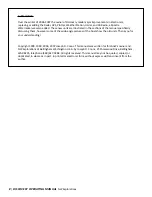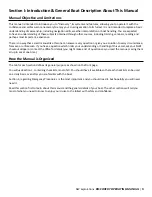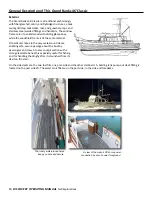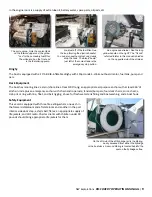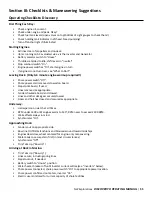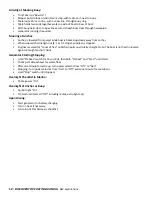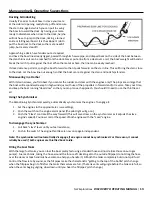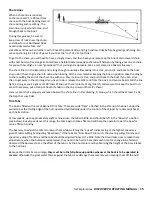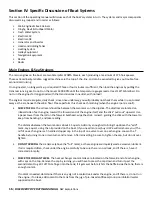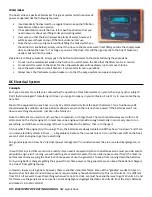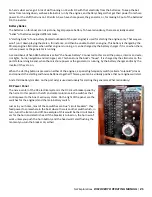
NW Explorations
DISCOVERY OPERATING MANUAL
|
9
In the engine room is a supply of extra lube oil, battery water, spare parts, oil pads, etc.
Dinghy
The boat is equipped with a 10’ AB RIB-inflatable dinghy with 15hp Honda 4-stroke outboard motor, fuel tank, pump and
oars.
Deck Equipment
The boat has mooring lines; a stern/shore line at least 200’ long; an appropriate all-purpose anchor with at least 360’ of
all-chain rode plus an emergency anchor with chain and rope rode; fenders/bumpers; four deck chairs; an ice chest; a
crab pot or ring with line, float, and bait rigging; a hose for fresh water tank filling and boat washing; and a boat hook.
Safety Equipment
This vessel is equipped with three fire extinguishers, one each in
the forward stateroom and aft stateroom and another in the port
interior side door step; a ship’s bell; flares; an appropriate supply of
life jackets; and VHF radio. Charter clients with children under 90
pounds should bring appropriate life jackets for them.
An engine sea strainer. See the long
yellow handle on the right? The “T-knob”
referred tolater in this manual is hidden
on the opposite side of the strainer.
Look just aft of the fuel filter: See
the loop forming the dipstick handle?
You can also seethe coolant cap clearly
atop the tank. The black “bump”
just left of the coolant tank is the
emergency stop button.
The port engine. Note the coolant tank
on the forward upper end; the yellow
“can” is the secondary fuel filter.
The white knob on the front end
is the fuel priming pump.
On the aft side of the aft flybridge rail is the lifering,
easily accessed from either the flybridge
or the boat deck. A second lifering is located behinfd the
seat on the flybridge settee.


